Stem Wall vs. Monolithic Slab Foundations on the Gulf Coast
_(800_x_150_px)_(2).gif)
When you’re building along the Gulf Coast, the foundation is one of the most important structural choices you’ll make. Conditions vary from lot to lot — from the higher elevations of Ono Island — https://www.searchthegulf.com/ono-island/ to the flatter areas of Orange Beach — https://www.searchthegulf.com/orange-beach/ and Gulf Shores — https://www.searchthegulf.com/gulf-shores/.
Two primary foundation types dominate new construction here: the stem wall and the monolithic slab. Both provide excellent strength when engineered for local soils and elevations, and both can be used successfully across the region.
Stem Wall Foundation
A stem wall foundation begins with poured concrete footings below ground level. Concrete or block walls (the stem walls) are built atop these footings, forming a raised perimeter. The interior is filled with compacted sand or engineered fill before the floor slab is poured inside the walls.
When It’s Used
Stem walls are typically chosen for:
-
Lots with slight slopes that require a level building platform.
-
Properties near canals or bay waters that benefit from additional elevation.
-
Areas with varying soil conditions, where a raised perimeter improves stability.
On Ono Island, this system is often preferred for lots with elevation change or where the finished floor elevation needs to sit higher for drainage. It creates a defined perimeter that supports heavier structural materials such as ICF or block construction.
Advantages
-
Offers flexible elevation height for site conditions.
-
Handles uneven terrain and varied soil well.
-
Enhances long-term drainage and stability around the home’s perimeter.
Considerations
-
Requires additional formwork and sequencing.
-
Takes slightly longer to complete than a single-pour system.
Monolithic Slab Foundation
A monolithic slab is poured all at once — the footings and slab form one continuous piece of concrete. The perimeter is thickened to serve as the footing, while the center remains thinner.
This approach is ideal for flat, well-drained lots, which are common throughout Orange Beach and portions of Ono Island.
When a Monolithic Slab Is Best on Ono Island
If your lot is flat and the grade is two inches or more above the road, a monolithic slab is often the best foundation choice. That slight grade allows natural water runoff away from the home and provides proper drainage without needing a raised perimeter wall.
This system performs beautifully in flood-zone X areas or any site with stable, compacted sandy soil. When engineered correctly, it provides a solid, uniform base that resists shifting and settling.
Advantages
-
Continuous pour reduces seams and joints.
-
Excellent performance on level ground.
-
Structurally sound and low-maintenance once in place.
Considerations
-
Less adaptable on sloped or uneven lots.
-
Site preparation must ensure drainage away from the structure.
.jpg)
How to Decide Which Foundation Is Right for Your Lot
| Site Condition | Stem Wall Foundation | Monolithic Slab Foundation |
|---|---|---|
| Flat lot (≥ 2″ above road grade) | ✔ Optional | ✔ Best Choice |
| Sloped lot or uneven terrain | ✔ Ideal | ✖ Challenging |
| Canal or waterfront location | ✔ Often Preferred | ✖ Less Common |
| Flood Zone AE or VE | ✔ Elevated Design Possible | ✖ Requires Engineering Review |
| Interior lot in Flood Zone X | ✔ Optional | ✔ Excellent |
| Heavy ICF or block construction | ✔ Strong Option | ✖ Not Typical |
Local Perspective
On Ono Island, stem wall foundations remain common along Old River and canal-front properties, where drainage and elevation are top priorities. In contrast, monolithic slabs are frequently used on interior lots where the natural grade already sits slightly higher than the road.
In Orange Beach — https://www.searchthegulf.com/orange-beach/ and Gulf Shores — https://www.searchthegulf.com/gulf-shores/, monolithic slabs are often the go-to foundation for level, well-drained land. Both systems perform beautifully when engineered for the site and properly compacted.
My Recommendation
When you’re evaluating lots or planning new construction, look closely at:
-
The grade elevation relative to the road
-
Flood Zone classification (AE or X)
-
Drainage patterns toward the front or rear of the lot
-
The type of construction planned — whether wood-frame, block, or ICF
If the grade is flat and two inches above the road, a monolithic slab is typically the most efficient and effective foundation choice on Ono Island.
If the lot has a slope or sits lower than the road, a stem wall is often recommended to elevate the finished floor and enhance drainage performance.
Both systems are widely accepted across the Gulf Coast — it simply comes down to what suits your site best.
The foundation is more than the base of your home — it’s the first decision that determines how your property interacts with the land, water, and environment around it.
If you’d like guidance on how to match your foundation type with your building site, I’d be happy to share local examples and connect you with trusted engineers and builders who understand our Gulf Coast conditions.
Search Coastal Alabama Homes and Real Estate For Sale, $500,000 - $600,000

.gif)

Vacant Land Buyer’s Guide for Old River, Ono Island: Building from the Water Up
A Lot Buyer’s Guide for Old River, Ono Island: Building from the Water Up
The Allure of a Blank Canvas by the Water
When I stand on a vacant lot along Old River — https://www.searchthegulf.com/homes-and-waterfront-properties-on-old-river-ono-island/, the first thing I notice isn’t the soil or…



Luxury Living in Gulf Breeze & Navarre, Florida | Southern Coastal Homes
Ask A Question or Sign Up To See New Real Estate Listings Before Your Competition
When it comes to finding the home of your dreams in a fast-paced market, knowing about new listings as soon as they are available is part of our competitive advantage.Sign up to see new listings in an area or specific community. Contact Meredith with any questions you may have.
_(800_x_150_px)_(3).gif)
Posted by Meredith Folger Amon on


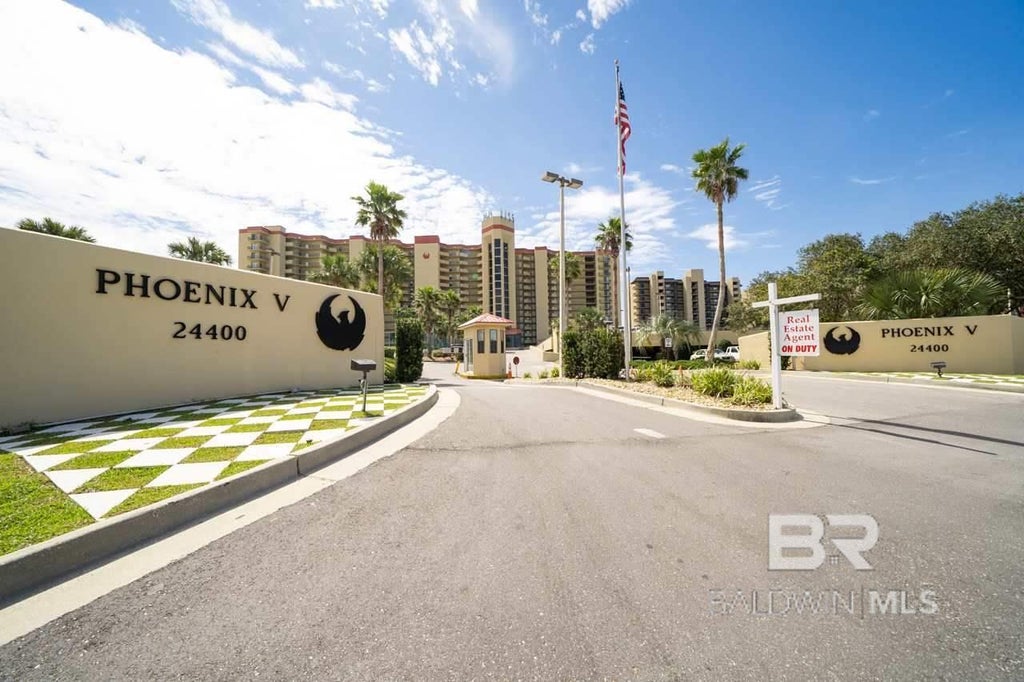
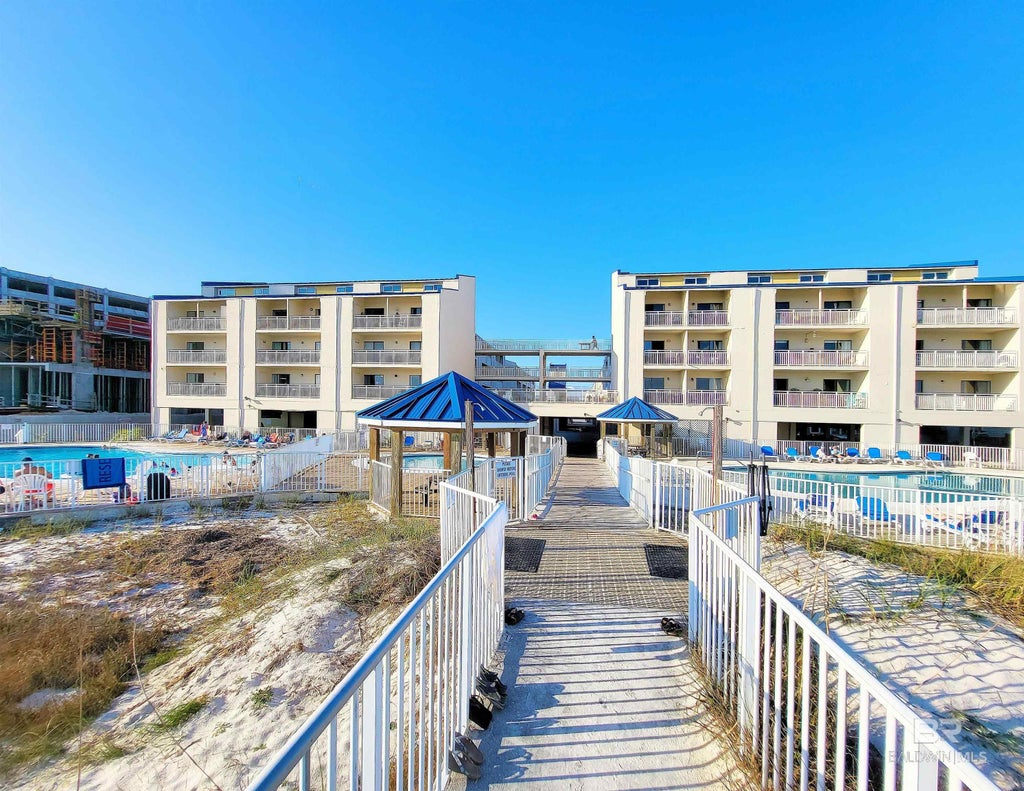
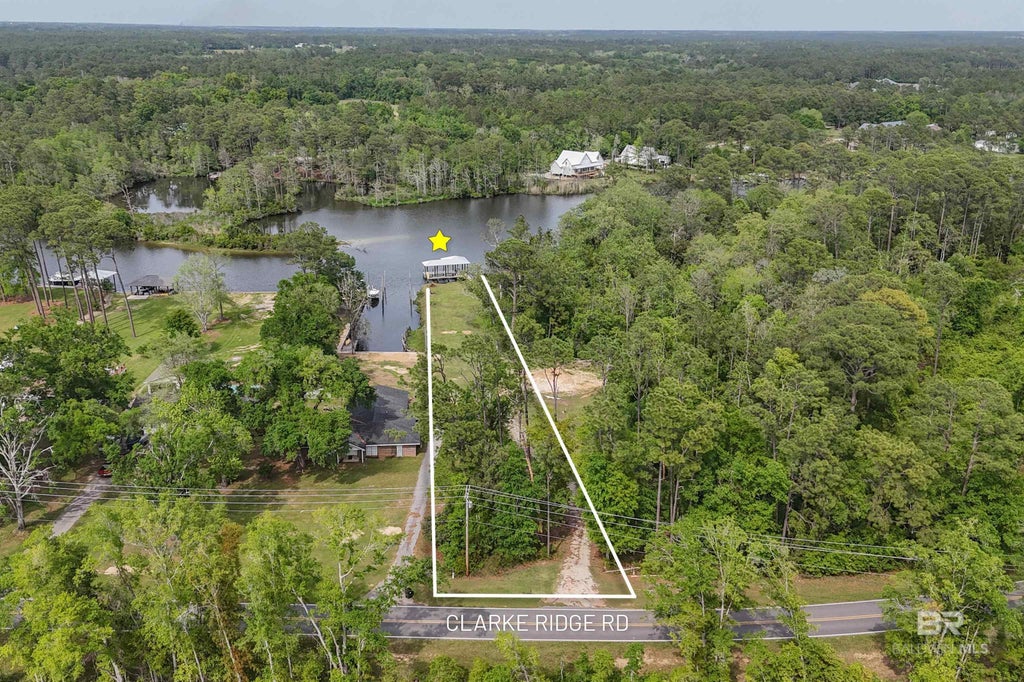
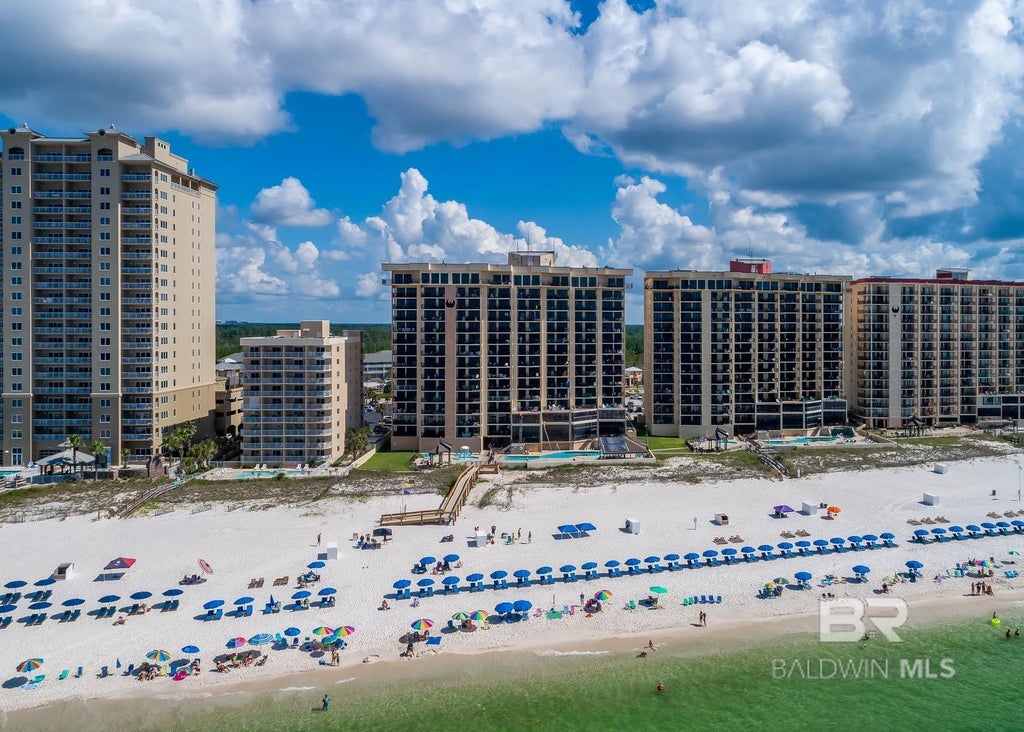
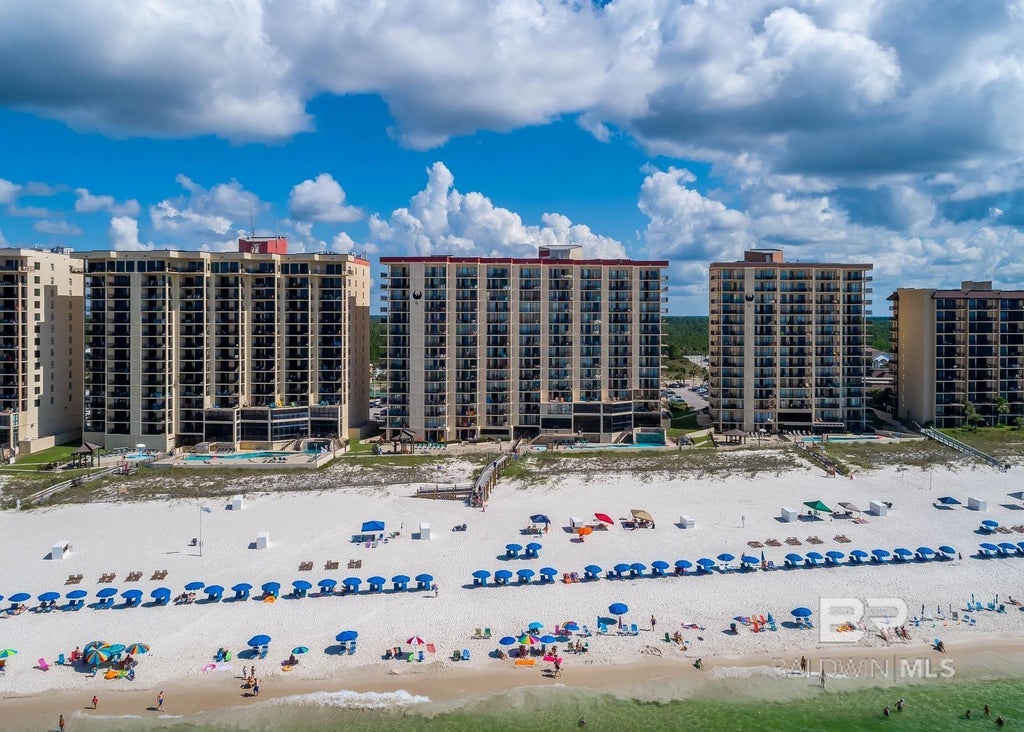
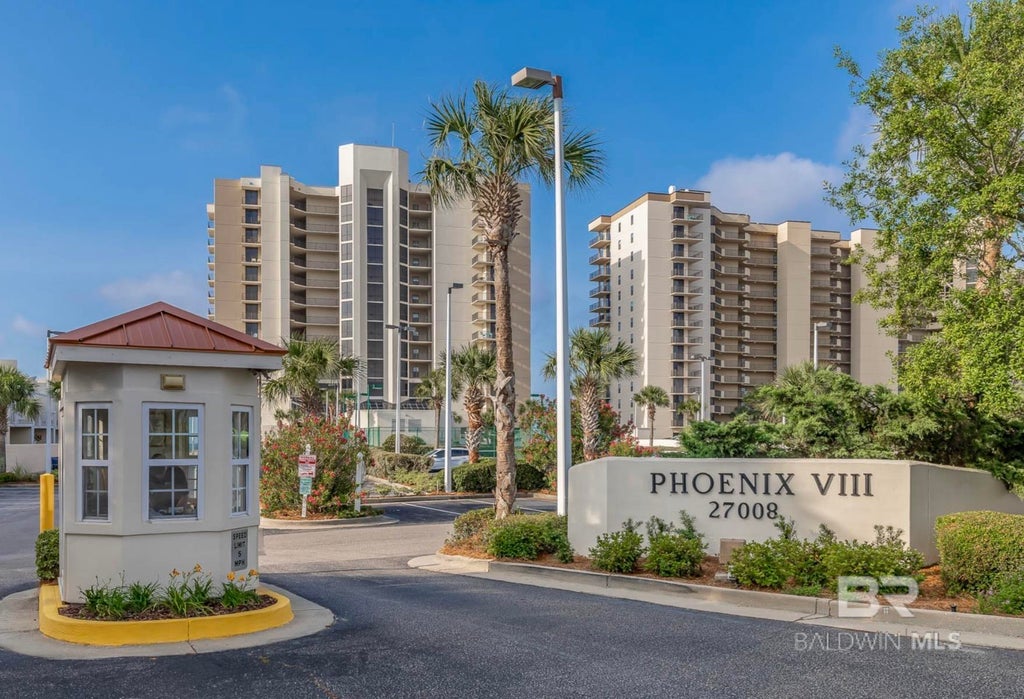
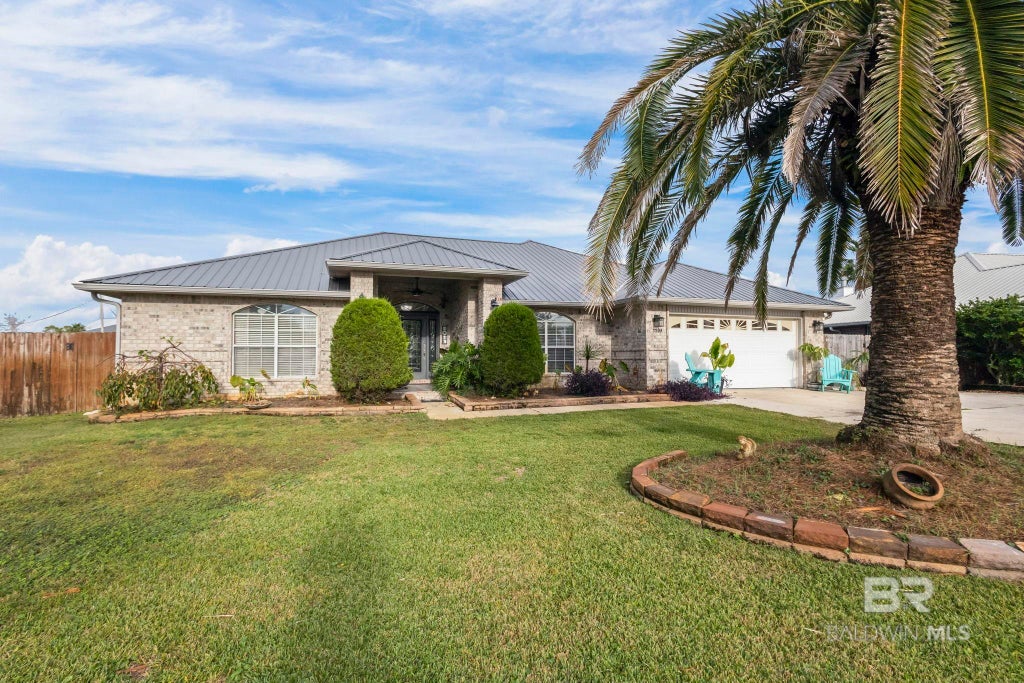
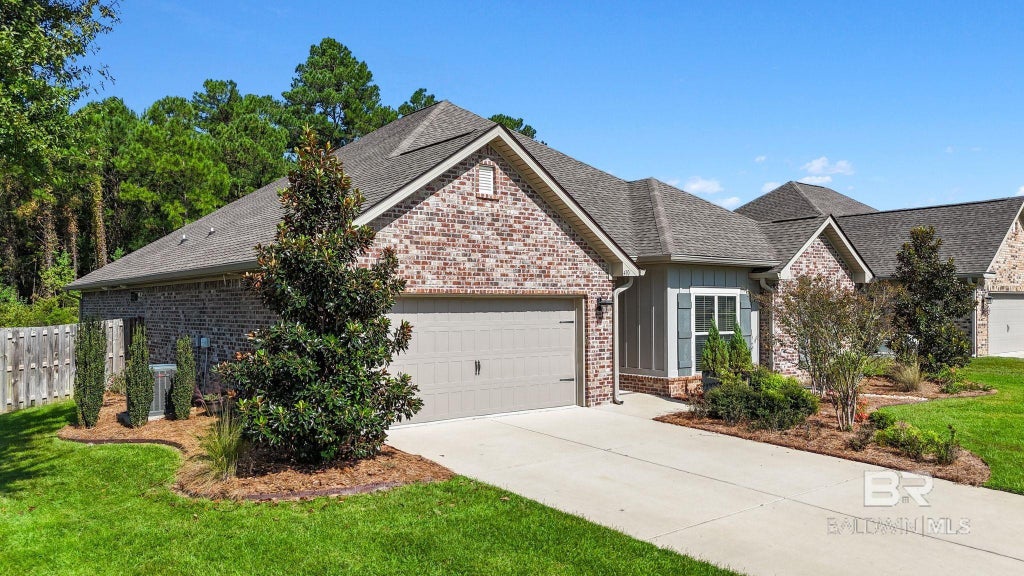
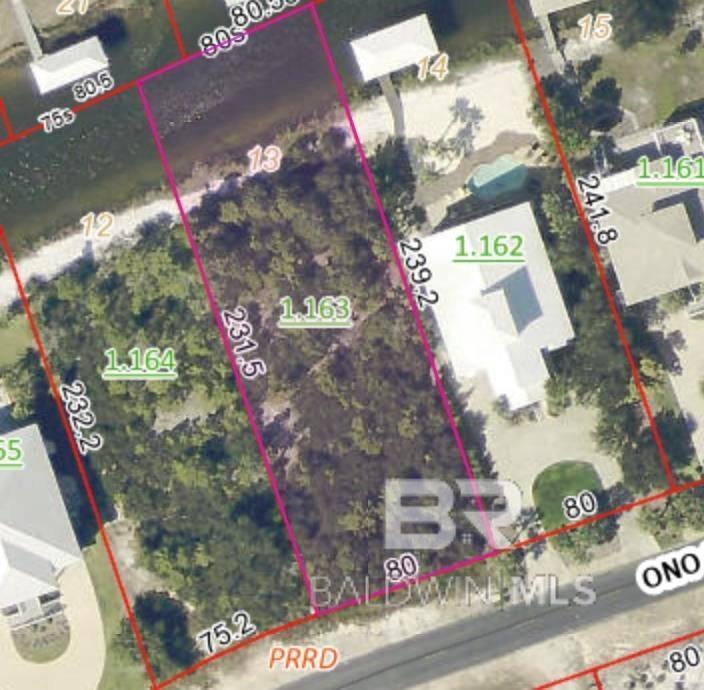

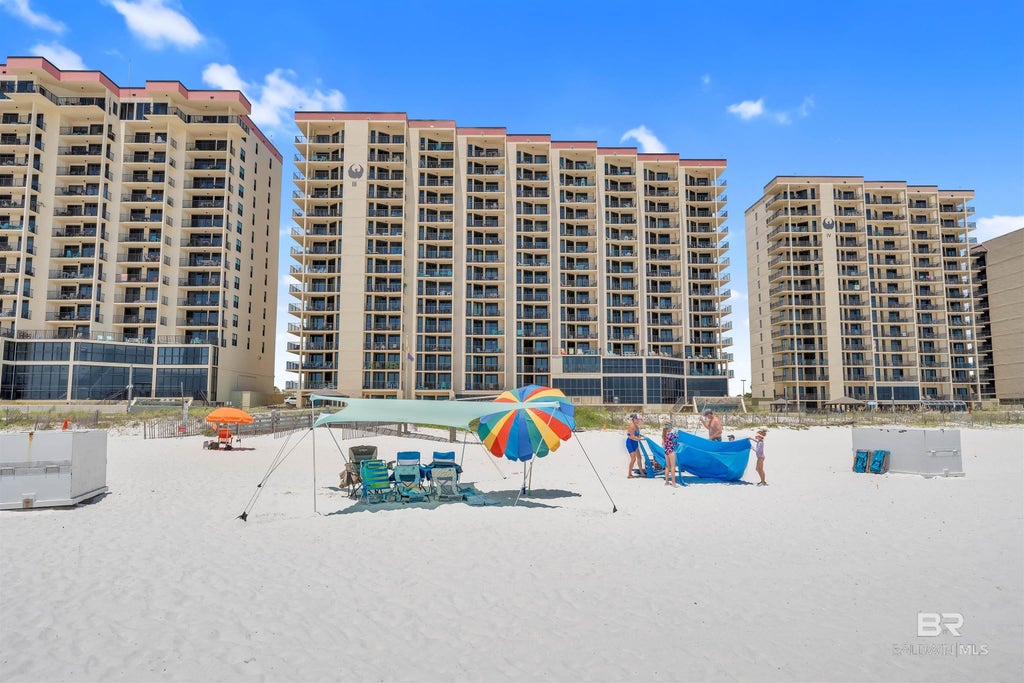
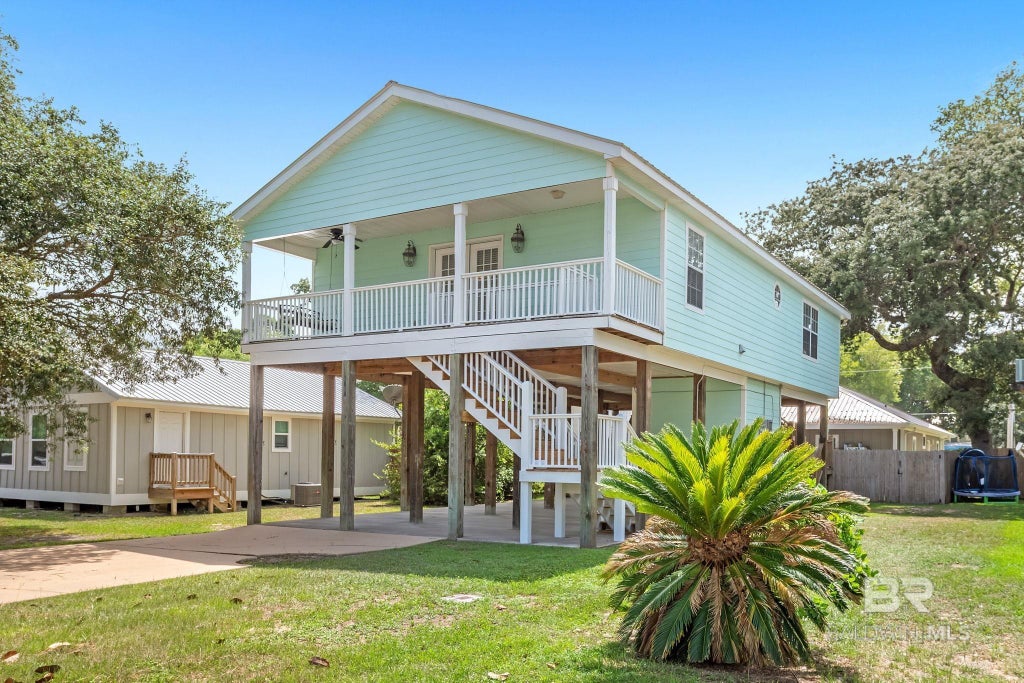

Leave A Comment